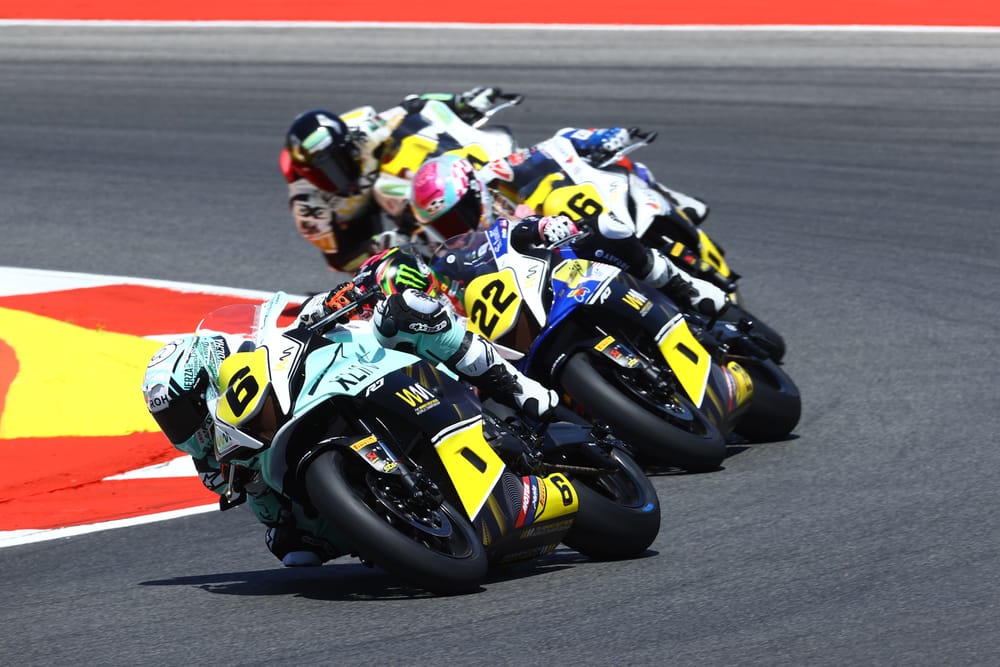The new WorldWCR series, motorcycling's all-female world championship, reached the halfway point of its inaugural season last weekend alongside World Superbikes at Portimao.
And while the on-track product has been better than anyone could ever have imagined, there's still plenty of work to do to allow WCR to reach its true potential.
It's no surprise at all that Moto3 points-scorer Maria Herrera leads the series from 2018 World Supersport 300 champion Ana Carrasco, with the pair splitting all six wins so far between them. They were, after all, the two superstars of women's motorcycle racing heading into the opening round of the season at Misano in June.
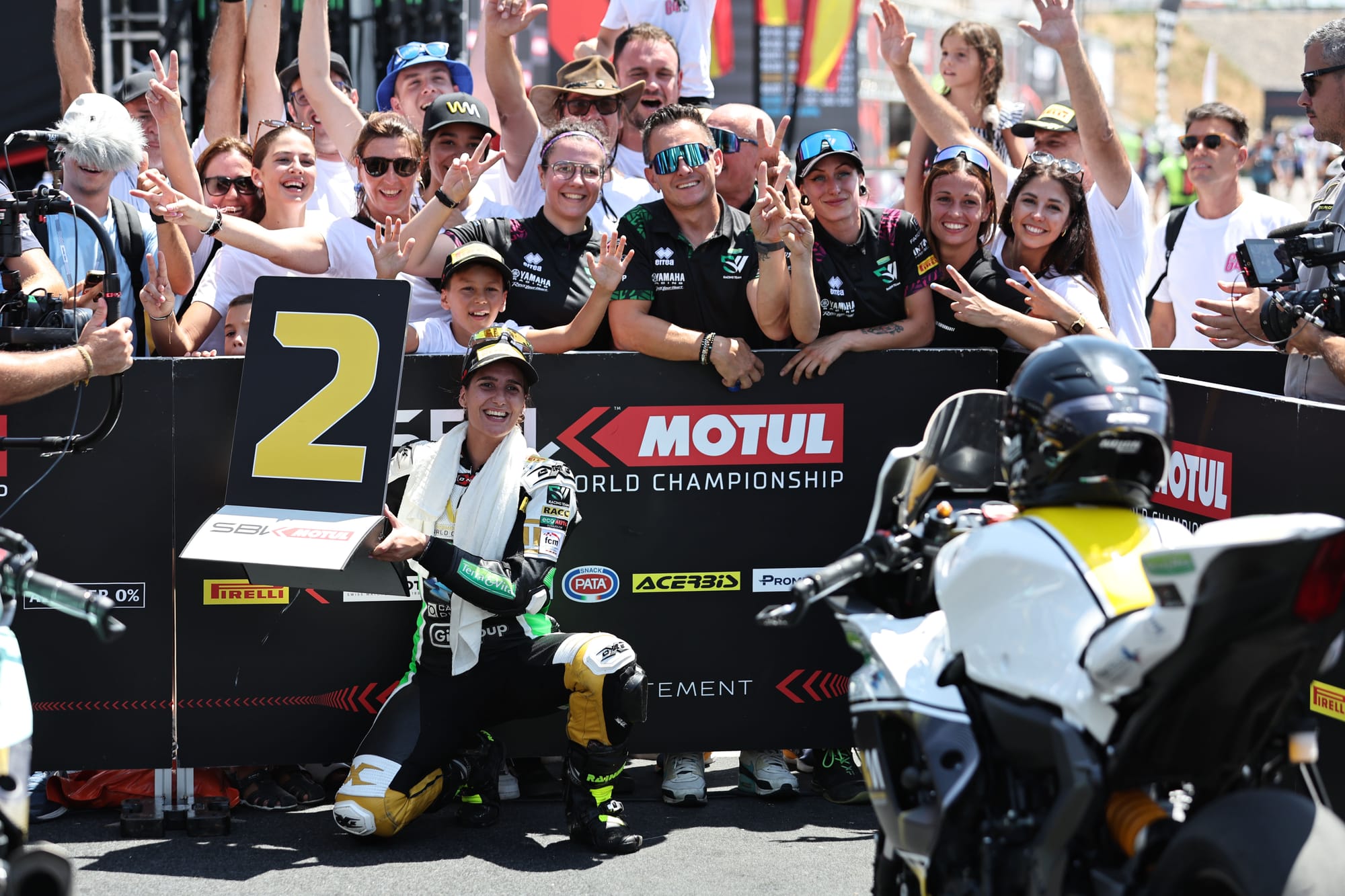
But it's been the emergence of fellow Spanish riders Sara Sanchez (pictured above) and Beatriz Neila as their main rivals that's made the biggest impact, as they've held Herrera and Carrasco to account and between the four of them produced the most consistently entertaining racing in any motorcycle racing world championship this season.
Every race has so far been decided on the final lap and the biggest winning margin has been only half a second. Remarkably, half the races have been won by under a tenth of a second.
If you're a bike racing fan, you simply should be watching this championship - something that's easy to do due to free global distribution on YouTube as well as WorldWCR being in the usual World Superbikes TV package.
However, while the racing at the sharp end might be fantastic, there are still plenty of things that the championship needs to do better for the future, if its role of truly giving women a top-level platform to race bikes on is to be realised.
I should point out before I go any further that I've got a horse in the race, as it were. My wife, Maddi, owns Sekhmet Racing, one of the series' teams, and runs Mallory Dobbs and Lissy Whitmore in the championship.
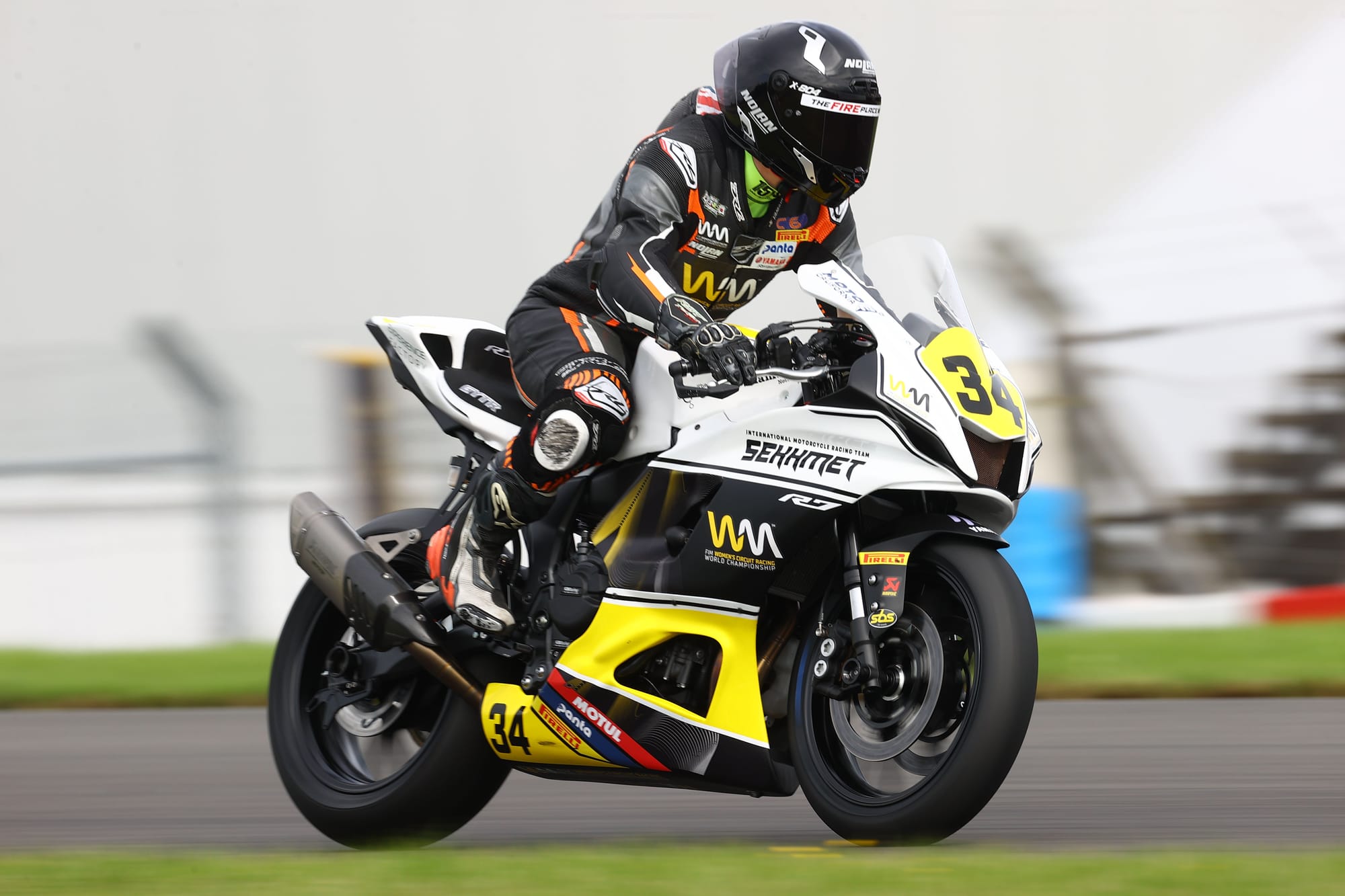
As such, I've spent more time in the series' paddock than any other journalist. And while I'm not pretending I don't have a bias, I'm also able to talk from a position of full immersion in WCR.
With that position comes an understanding of the biggest hurdles facing many of those who haven’t been as competitive as Carrasco, Herrera, Sanchez and Neila.
First among those, and perhaps the hardest to fix in the short term, is the huge spread of experience on the grid. It's something that can't be helped given the need to pull together a full 24-bike grid, but it has meant that the first group have been many seconds ahead of the battles behind most weekends, thanks to most of the field still having to learn the championship's circuits.
With WCR given only a single 25-minute session before qualifying, it's been a case of very accelerated learning curves for many of the pack while the racers at the front - who are turning up to tracks they're already familiar with - get on with the business of setting up their bikes for racing.
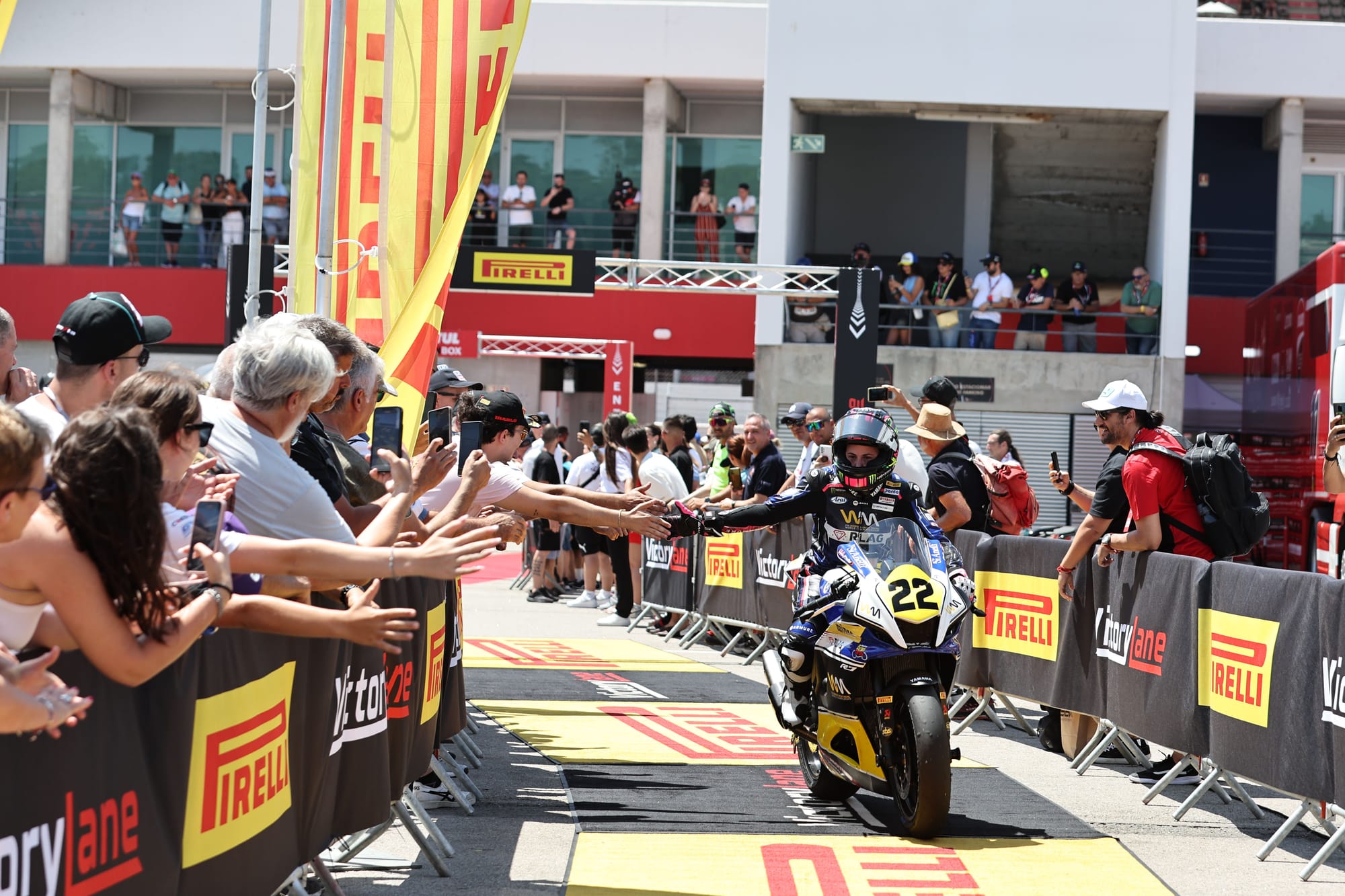
That's exaggerated even more by the name recognition and therefore sponsorship that the likes of Carrasco and Herrera brought to the series, too. Some riders have been able to complete testing on the one-make series' Yamaha R7s at every track on the calendar, while many have not.
The lack of experience that some of the competitors have has also contributed to a significant number of injuries and incidents. Amid the combination of limited experience of big grids (some of the field have only raced in single-figure fields before now) and grand prix-level circuits, combined with the pressure of racing on a global stage, first-lap incidents have been far too common.
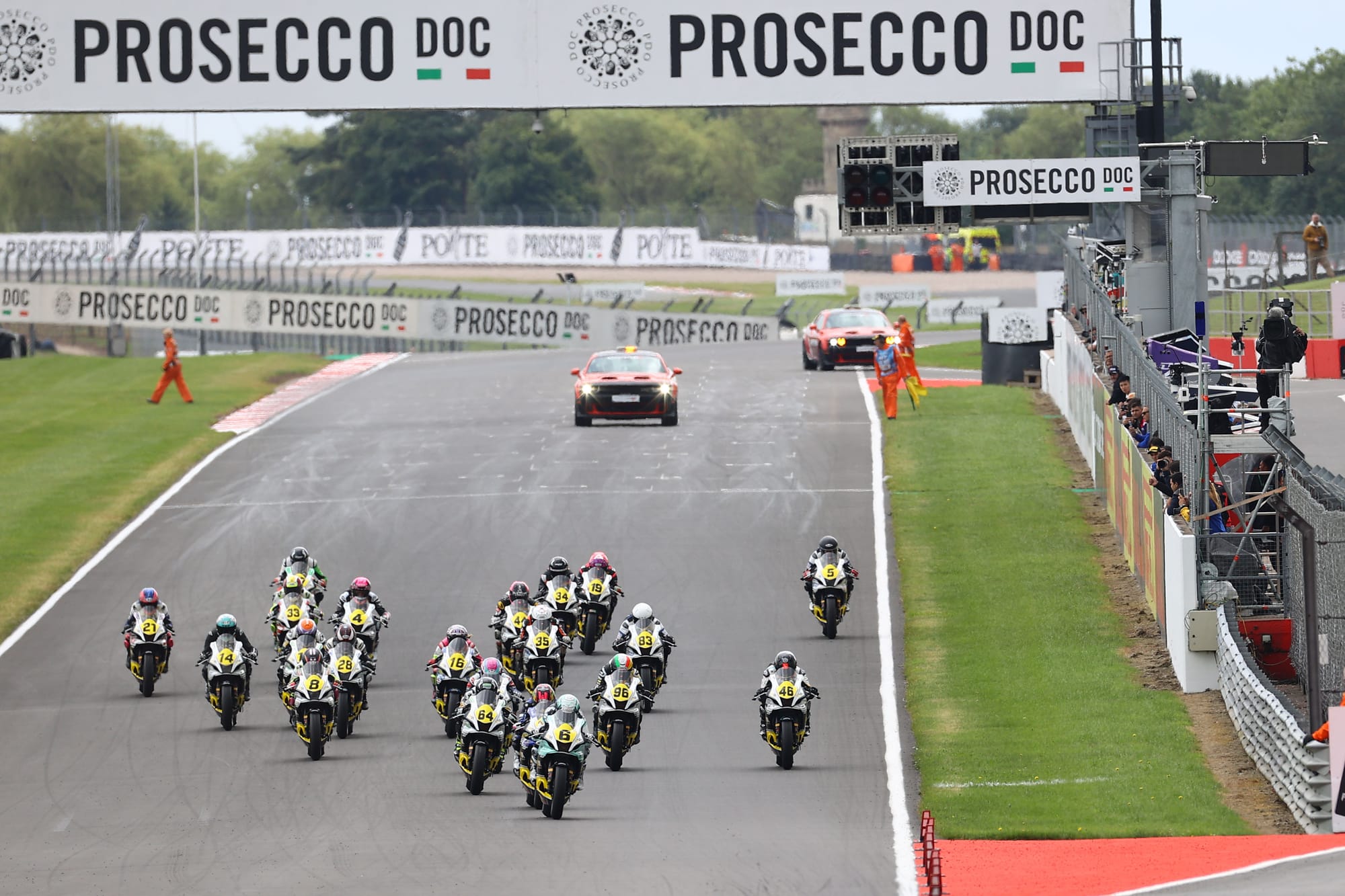
It's something that could have been avoided or at least mitigated with more pre-season testing instead of a single two-day outing at Italy's Cremona circuit, where WorldWCR was just a support act on a public track day and riders were not given the chance for basic things such as practice race starts on the main grid. Many dumped the clutch in anger for the first time on the Misano grid in race one.
That in turn, it seems, stems from what seems awfully like series promoter Dorna's indifference towards the championship. WCR is a pet project of FIM president Jorge Viegas that you get the impression Dorna never really wanted to run. It's been somewhat rushed in its implementation and done to a bare-bones cost structure that has only further widened the gap from the midfield to the front.
However, hopefully the success of the 2024 season combined with Formula 1 owner Liberty Media's imminent takeover of Dorna will lead to improvements.
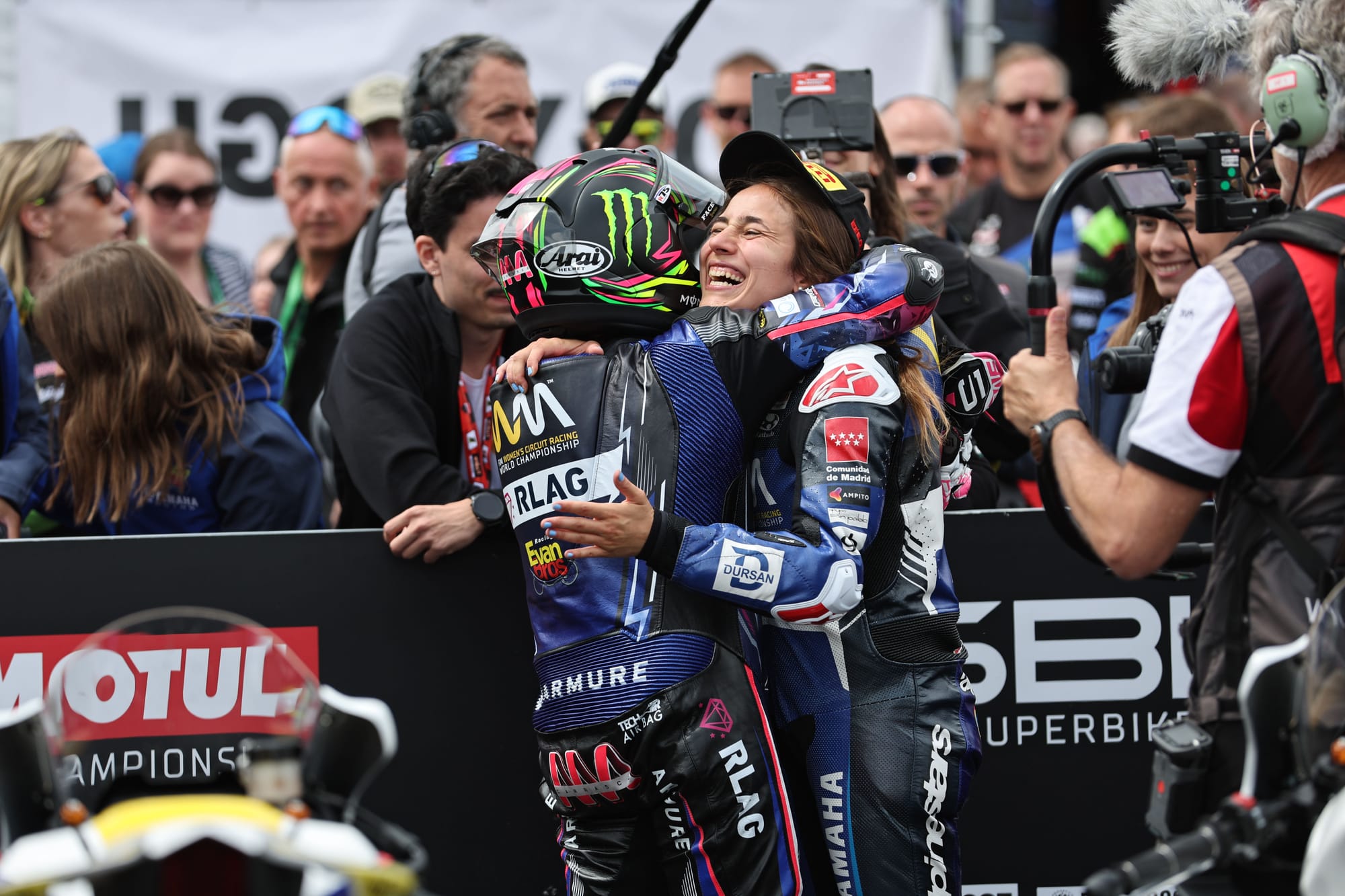
The racing we've seen so far (both at the front and in the close packs further down the grid that don't get as much TV time) has been more than good enough to ensure WCR succeeds, given the right support.
And it's important it does succeed. Already the championship is showing that rather than Carrasco and Herrera's achievements so far being a limit for women in motorcycle racing, there are others out there poised to go further as they gain experience. And that there will be even bigger talents yet to be found. WorldWCR should be both the platform that finds them, and that shows young girls there's a place for them within bike racing.
We recently took an in-depth look at WorldWCR - including interviews with riders, an ex-MotoGP rider turned WCR rider coach and FIM president Viegas - in a special episode of our MotoGP Extra podcast, exclusive to The Race Members' Club

